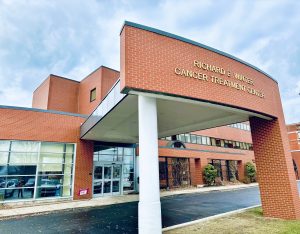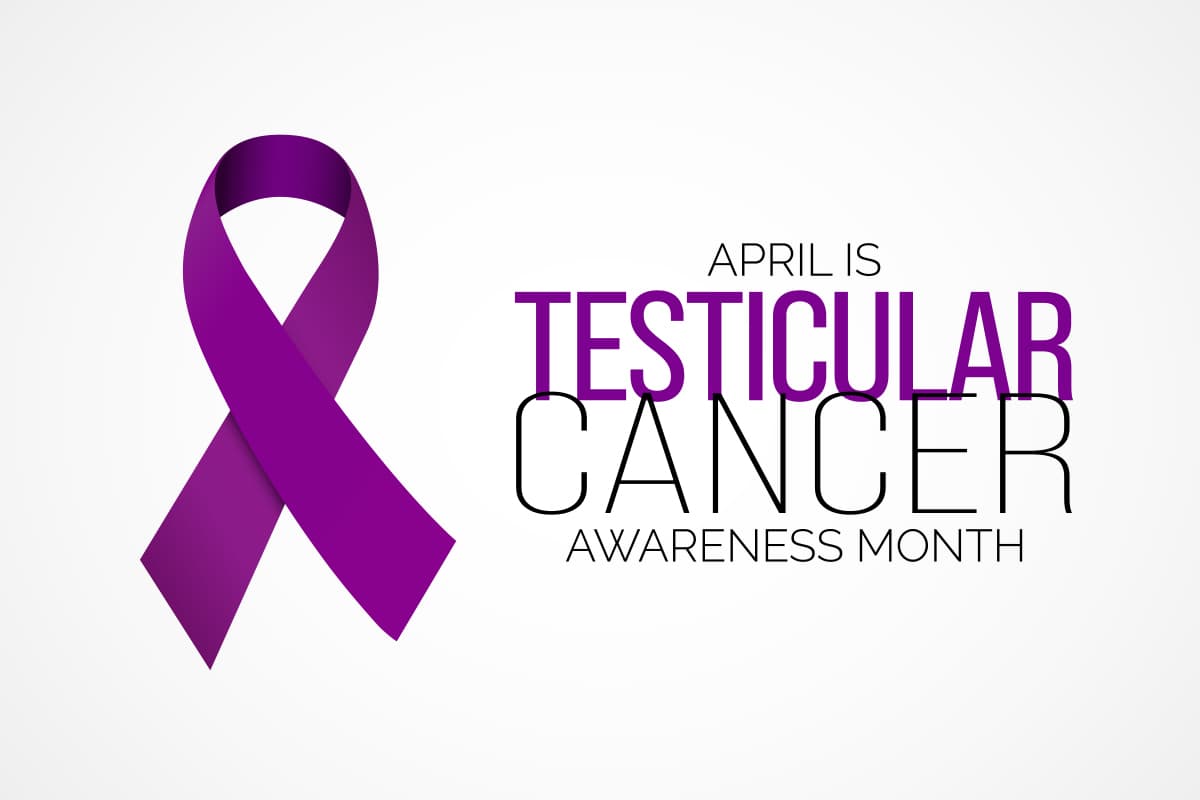A Comprehensive Guide to Detection, Treatment, and Proactive Measures
April marks an important month in healthcare awareness – Testicular Cancer Awareness Month. As we dedicate this time to spreading knowledge and understanding about this condition, it’s important to equip ourselves with the necessary information to recognize its signs, understand prevention strategies, and know the available treatments. Join us as we provide an overview of testicular cancer, including prevention, symptoms, and treatments.
What is Testicular Cancer?
Testicular cancer develops in the testicles, which are part of the male reproductive system responsible for producing sperm and testosterone. When abnormal cells in the testicles begin to grow uncontrollably, they can form a tumor. While the exact cause of testicular cancer is often unknown, several risk factors, including genetic predisposition and environmental factors, may increase the likelihood of its development.
“Testicular cancer is the most common cancer diagnosed in men aged 20-40 years old. While it is a highly treatable and curable malignancy it is prudent for young men to seek medical attention when concerning symptoms such as an enlarged painless testicular mass is noted.” – David Boyce, MD, Chief of Radiation Oncology Claxton-Hepburn Medical Center
Testicular Cancer by the Numbers:
-
Testicular cancer is relatively rare, accounting for about 1% of all male cancers.
-
It primarily affects younger men, with the highest incidence occurring between the ages of 15 and 35.
-
The American Cancer Society estimates that in 2022, about 9,000 new cases of testicular cancer will be diagnosed in the United States.
-
Fortunately, the survival rate for testicular cancer is high, with over 95% of cases being curable if detected early.
Different Types of Testicular Cancer
There are different types of testicular cancer, categorized based on the types of cells involved. The most common type is germ cell tumors, which account for the majority of cases. These tumors can further be classified as seminomas or non-seminomas, each with distinct characteristics and treatment approaches.
-
Mixed germ cell tumors: These tumors contain both seminoma and non-seminoma cells. They require a combination of treatments tailored to the specific types of cells present.
-
Seminomas: These tumors usually grow slowly and are typically found in men between the ages of 30 and 50. They tend to respond well to radiation therapy.
-
Non-seminomas: These tumors tend to grow and spread more quickly than seminomas. They are further divided into subtypes, including embryonal carcinoma, yolk sac carcinoma, choriocarcinoma, and teratoma.
-
-
Leydig cell tumors: These tumors develop in the Leydig cells, which produce testosterone. They are usually benign but can occasionally be malignant.
-
Sertoli cell tumors: These tumors develop in the Sertoli cells, which provide support to the sperm-producing cells. They are also typically benign but can be malignant in some cases.
-
Stromal tumors: These rare tumors develop in the supportive tissue of the testicles and can be either benign or malignant. Examples include Leydig cell and Sertoli cell tumors.
Signs and Symptoms of Testicular Cancer
Recognizing the signs and symptoms of testicular cancer is pivotal for early detection and prompt treatment. Common indicators include:
-
Lump or swelling: The most noticeable sign is often a lump or enlargement in either testicle.
-
Pain or discomfort: Testicular pain or discomfort, with or without swelling, could signify an issue.
-
Changes in shape or texture: Any changes in the size, shape, or texture of the testicles should prompt further investigation.
-
Dull ache in the lower abdomen or groin: Some individuals may experience a persistent ache in the lower abdomen or groin area.
Early detection through self-examinations and routine check-ups is key to managing testicular cancer effectively. Regular screenings, along with prompt medical attention for any abnormalities or concerns, can greatly increase the chances of successful treatment and long-term survival for individuals diagnosed with this type of cancer.
Prevention
While the exact cause of testicular cancer remains unknown, several factors may increase the risk, including family history, age, and previous testicular cancer. However, there are steps individuals can take to potentially reduce their risk:
-
Self-examination: Regularly performing testicular self-exams enables individuals to detect any abnormalities early on.
-
Healthy lifestyle: Maintaining a healthy weight, staying physically active, and consuming a balanced diet rich in fruits and vegetables can contribute to overall well-being.
-
Protective gear: Using protective gear during sports or activities that could result in trauma to the testicles may help reduce the risk of injury.
It’s essential to consult healthcare professionals for personalized advice on risk reduction strategies. Additionally, regular self-examinations and seeking prompt medical attention for any unusual symptoms or changes in the testicles are crucial for early detection and successful treatment. Early diagnosis often leads to better outcomes and improved quality of life for individuals with testicular cancer.
Testicular Cancer Treatment
Treatment options for testicular cancer vary depending on factors such as the type and stage of cancer, as well as the individual’s overall health. Common approaches include:
-
Surgery: Removal of the affected testicle (orchiectomy) is often the primary treatment for testicular cancer.
-
Chemotherapy: Chemotherapy may be recommended to kill cancer cells and prevent their spread to other parts of the body.
-
Radiation therapy: Radiation therapy targets and destroys cancer cells using high-energy rays.
Customized treatment plans, which frequently incorporate a blend of these methods, are designed to meet the unique needs of each patient. Continual monitoring and fine-tuning of the treatment regimen may be required to address any shifts in the patient’s condition or their response to therapy. Collaborating closely with healthcare providers ensures that treatment remains optimized and effective throughout the journey of managing testicular cancer.
Discover Excellence in Cancer Care at the Richard E. Winter Cancer Center

The Richard E Winter Cancer Treatment Center (5 Lyon Pl, Ogdensburg, NY 13669)


